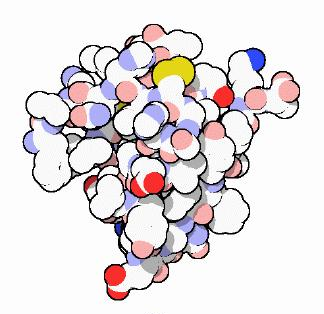 Commentary by Mary Vouyiouklis MD, Fellow, and Ann Danoff MD, Director, Division of Endocrinology, Diabetes and Metabolism, NYU Medical Center
Commentary by Mary Vouyiouklis MD, Fellow, and Ann Danoff MD, Director, Division of Endocrinology, Diabetes and Metabolism, NYU Medical Center
Welcome to Case 2 of our special diabetes series intended to highlight the essentials of diabetes care in the inpatient setting. For the next several weeks, we plan to present individual cases followed by some management questions and answers.
Case 2: The case of Mr. Jones
Mr. Jones is a man with (insulin requiring) type 2 diabetes who is admitted for pneumonia. He has had a decreased appetite for the last week since he has been ill. He is on 50 units 70/30 Insulin qAM and qHS. You are now admitting him to your service. His weight is 265lbs (120kg). What do you do now?
A. Calculate his total daily dose (TDD) of insulin and divide it into basal/bolus dosing.
B. Continue 50 units 70/30 insulin qAM and qHS.
C. Start a regular insulin sliding scale to determine insulin requirements.
D. Calculate his TDD and give 70/30 insulin qAM and qHS.
Answer: A
Most patients on outpatient insulin therapy should have their total daily dose of insulin (TDD) calculated when they are admitted to the hospital. This could be anywhere from 0.3-1unit/Kg/day. If information about outpatient glycemic control is available, and compliance with insulin regimen seems reliable, that information should be used to inform choice of insulin dosing. In the absence of such information, it is generally prudent to estimate the TDD insulin requirements at the low end (i.e. start with 0.3 units/Kg/day) and increase as necessary based on qAC and qHS finger stick monitoring results. Fifty percent of the calculated TDD should be given as a basal insulin (glargine or twice daily NPH in equally divided doses before breakfast and at 10 PM) and 50% of the TDD should be given as pre-meal boluses of insulin. For example, this 120Kg patient requires (120Kg X 0.3units) 36 units daily. This should be divided into 18 units basal and 18 units bolus (or 6 units qAC with meals). This seems like much less than what he is requiring at home; therefore, you can incorporate a correction dose of insulin to the pre-meal rapid acting insulin as a sliding scale (note that on average, 1 -2 Units of insulin will lower the blood glucose ~ 50 mg/dl in patients with T2DM). It is important to remember that because of the stress implicit in the hospitalization, coupled with changes in p.o. intake (which commonly is less in the hospital compared to the home setting) insulin requirements may be different when even previously well-controlled patients are hospitalized, and may change during the course of the hospitalization. If the decision is made to resume “70/30” insulin upon discharge, Mr. Jones must be educated about proper administration of this medication. He should be made aware that the “30” percent of his “70/30” is short acting (regular insulin) or rapid acting (lispro insulin). It is also a critically important safety issue that he understands that because of the short or rapid acting component that comprises the 30% of “70/30”, this medication must ONLY be given before meals (and NOT qHS) to avoid potentially fatal nocturnal hypoglycemia.
Image of insulin molecule, Courtesy of Wikimedia Commons
